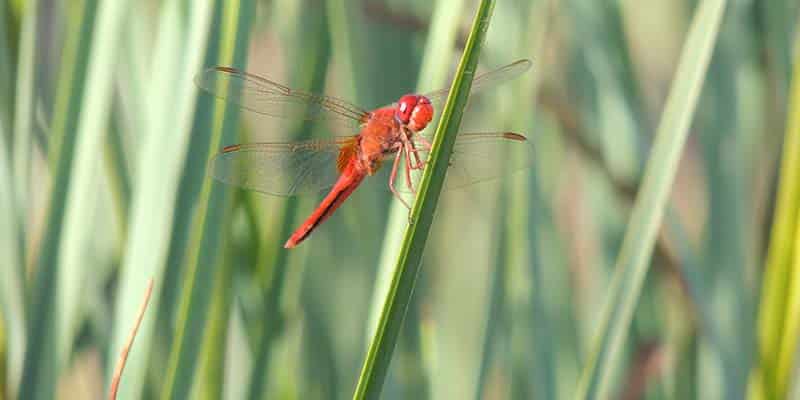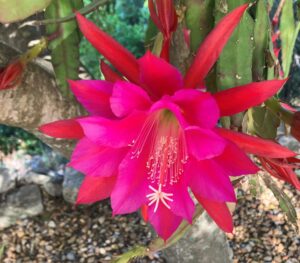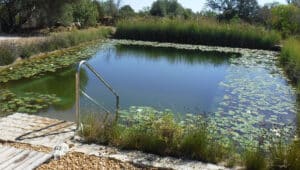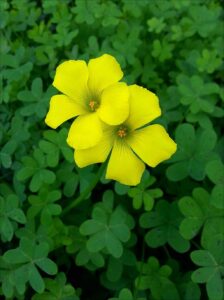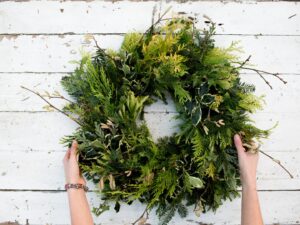We now know that world insect populations are undergoing a major decline. We already know that mammals, birds and reptiles are in decline. A paper published in Biological Conservation* warns that 40% of the world’s insect species could become extinct within a few decades. In fact, the phenomenon is so serious that it has been given a name: the sixth mass extinction.
The current proportion of insect species in decline (41%) is estimated to be twice as high as that of vertebrates and the pace of local species extinction (10%) eight times higher. Butterflies, moths, wasps, bees, hoverflies and dung-beetles appear to be most affected, as are aquatic species such as dragonflies, stoneflies, caddisflies and mayflies.
This is happening because of many factors: habitat loss, urbanisation and intensive agriculture; pollution, mainly by synthetic pesticides and fertilisers; biological factors, including pathogens and introduced species; and climate change, particularly in tropical zones. There’s not much we gardeners can do about many of these factors, but one thing we can do is provide habitat within our own gardens to encourage our local insect populations. Every little counts to prevent the world we live in from becoming a desert.
The important thing to remember is that although your own garden may be a small one, all gardens put together form a vast resource for wildlife. Together, gardeners can make a truly significant impact. Retaining and planting native shrubs, trees and herbs is a huge contribution to supporting wildlife overall.
So, what should we do?
The first step is to stop using both pesticides and herbicides in the garden: pesticides for obvious reasons and herbicides because we could inadvertently kill off the wild plants on which many insects depend for food and shelter.
In fact, a general rule might be: don’t kill things. Don’t swat the wasp that hangs round your aperitif glass, the spider that lives in the corner of your living room or the ants that insist on coming into the kitchen. Divert the wasp with something sweet, remove the spider to a more suitable location and deter the ants with talcum powder (this works!). If you’re troubled by mosquitoes, take steps to prevent them breeding in your garden. If you have a pond, install a pump or a fountain to make sure the water keeps moving. Don’t bring in fish: they will eat everything in the pond, including the nymphs of aquatic insects. Cover water-butts and septic-tank outlets.
Make sure any outside lights are switched off at night when not needed. They are death to moths and other night-flying insects.
Use organic mulch on your garden as much as possible. Not only does this help to conserve moisture, but it also encourages a thriving population of ground-beetles and other soil-dwelling insects.
Don’t be too tidy: leave piles of dead wood and heaps of stones in out-of-the-way corners. Leave old dead trees standing if they are not a danger. If you have the space, allow a wild-flower meadow to grow. If not, leave an area of the garden to grow wild. This is important because many butterfly species rely on wild plants to feed their caterpillars.
Plant flowers and shrubs which provide pollen, nectar and food for caterpillars.
Don’t cut down large trees: a mature oak may shelter over 300 species of micro-organisms.
* Francisco Sánchez-Bayo and Kris A.G. Wyckhuys Worldwide decline of the entomofauna: A review of its drivers. Biological Conservation Volume 232 April 2019 pp. 8-27
We are very grateful to professional author Michèle Bailey for permission to use this article.
|| features@algarveresident.com
mgapsec@gmail.com | 289 791 869
Mediterranean Gardening Association – Portugal



